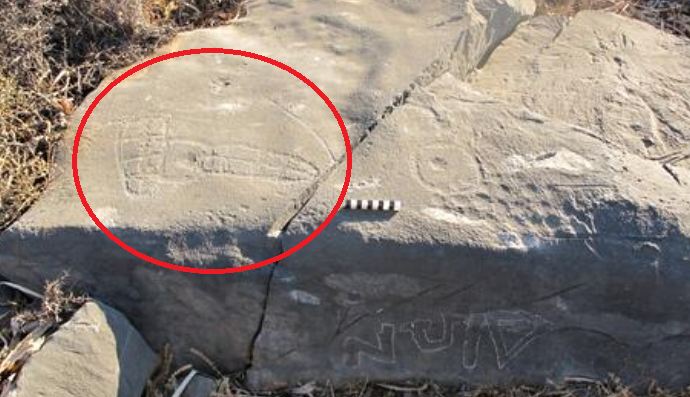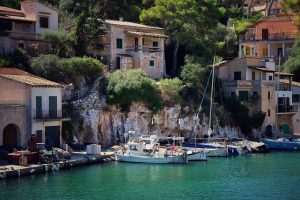A remarkable archaeological find on the remote island of Astypalaia reveals ancient Greece’s intimate expressions of love and desire, challenging our understanding of historical literacy and private lives.
Others are reading now
In the serene landscapes of Astypalaia, a secluded island in Greece’s Dodecanese, archaeologists stumbled upon an astonishing testament to ancient expressions of love and sexuality.
The discovery of what is believed to be the world’s oldest erotic graffiti dating back to the 5th and 6th centuries BCE, documents an overt sexual relationship between two men, providing a rare peek into the intimate expressions and sexual liberties of ancient Greek society.
A Monumental Discovery
Professor Dr. Andreas Vlachopoulos, a specialist in prehistoric archaeology, made the discovery alongside his students, uncovering two phallus carvings and a bold proclamation of a sexual conquest between two men named Nikasitimos and Timiona.
The graffiti, etched into the limestone on Astypalaia’s rugged peninsula, states, “Nikasitimos was here mounting Timiona” (Νικασίτιμος οἶφε Τιμίονα), revealing not just personal sentiments but a cultural acceptance of male relationships.
Also read
In an interview with The Guardian, Professor Vlachopoulos expressed his astonishment at the discovery’s sophistication and its unlikely location.
“They claimed their own space in large letters that not only expressed sexual desire but talked about the act of sex itself,” he told the Guardian. “And that is very, very rare.”
Shedding Light on Ancient Lives and Literacy
This explicitness and public display challenge our understanding of ancient Greek societal norms, suggesting a level of openness and acceptance not commonly attributed to this era.
The detailed and skillful carving of the inscriptions indicates a widespread literacy among the island’s inhabitants, contradicting the assumption that writing was an elite skill limited to philosophers, academics, and historians.
The graffiti, written in the Greek alphabet and styled in a “rustic” fashion popular during the sixth and fifth centuries BCE, also demonstrates the residents’ proficiency in the art of writing.
“The letters have been expertly carved into the rock, demonstrating that regular island residents were also trained in the art of writing,” Professor Vlachopoulos remarked, noting the unexpected level of literacy in a period preceding the construction of Athens’ Acropolis.
Despite millennia of exposure to weathering and erosion, the erotic inscriptions have remarkably withstood the test of time, preserving a candid glimpse into the sexual dynamics and literacy of ancient Greek society.








